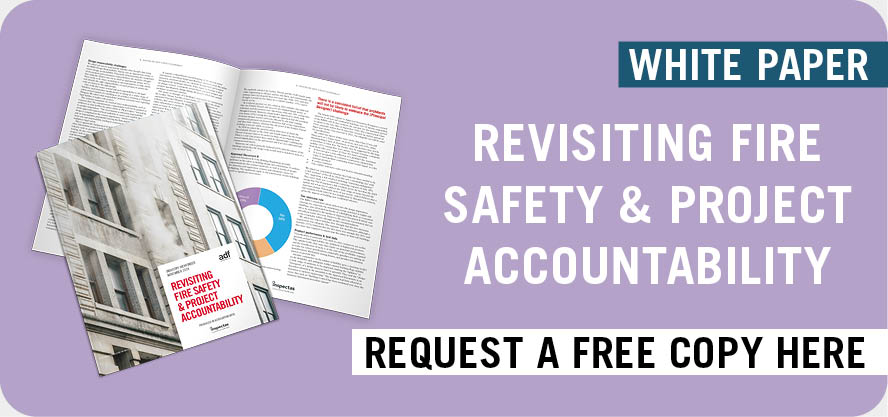London is renowned for its period properties. From Victorian and Georgian terraces to medieval buildings, there are examples of period architecture all over the city. Something that most Londoners will be familiar with is large Victorian houses being converted into flats. It seems that every street in every borough has these homes. But sometimes modernisation is essential. Double glazing, upgraded doors and other features all add warmth and security; whilst rewiring of electrics to meet modern safety requirements is vital. But what exactly do you need to know before you renovate a period property in London?
Furniture
Whether your period property is filled with lots of antique furniture or all the mod-cons, you don’t want your belongings getting damaged or causing an obstruction during any building works. Even if your possessions are out of the way within the property, any kind of renovations, especially in an older property, can result in lots of dust which can damage furnishings. You should therefore consider placing your furniture in a secure storage unit, such as Safestore, for the duration of your renovation project.
Permission
Always check with your local authority exactly what permission you’ll need if you’re thinking about renovating a period property. You’ll potentially need permission to make large-scale alterations to most properties, but older buildings are likely to require other forms of consent as well. Period properties are often listed, therefore you will need listed building consent before you carry out any work. Failure to apply for listed building consent when it’s required can be a criminal offence, so it’s vital that you look into this. In London, this type of permission covers the interior and exterior of all grades of listed buildings unless stated otherwise. It might also sometimes cover any attached structures or curtilage buildings around your property. There might also be other types of permission needed, for instance if your home is in a conservation area, so make sure you check with the relevant authorities and local planning laws.
Unexpected costs
Older buildings can throw up surprises during renovation works that can result in unexpected charges. As a result, period properties tend to be far more challenging to renovate than modern buildings, with added obstacles such as timber beams, chimney stacks, and specialist roofing materials. They’re also more likely to have issues that need immediate attention such as asbestos, damp, mould, and many more. It’s therefore advisable to be prepared for any unexpected challenges that might emerge during building works. For instance, the discovery of asbestos in a home needs immediate attention and removal by experts. This usually means that all inhabitants within the property have to vacate until the removal is complete. You’ll therefore have to make provisions for you or your tenants to move out temporarily. While it’s wise to plan a budget for your renovations, it’s also crucial that you make sure you set aside some extra money just in case.
Don’t skimp
While you might want to save money, we can’t stress how important it is not to cut corners. Of course, any renovation work should be carried out by reputable professionals, but this is even more essential when it comes to period properties. It’s definitely worth considering specialist tradespeople who have experience with older properties and the unexpected challenges these buildings can throw up in the middle of a project. For instance, a specialist contractor will be able to quickly identify dry rot within floorboards and will be able to advise on how to deal with it quickly before it gets any worse. Subsequent specialists might cost you a bit more in the short-term but their expertise will pay off in the long-term.
Conclusion
Renovating a period property in London comes with a lot of responsibilities. As long as you take into account our advice, your project should run smoothly.



